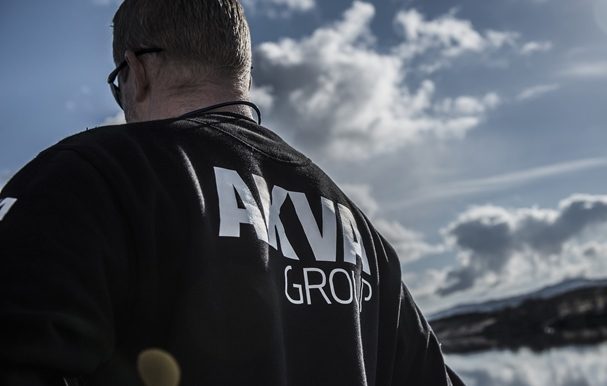Regardless of the technology choice, the aquaculture equipment company will position itself to serve salmon farmers with assets.
AKVA group’s capital markets day ended on Tuesday. The company’s management presented the premises of their business in the coming decade. This is still largely defined by investments related to salmon production. The question is how much one envisions this will amount to.
“Underlying demand growth implies 1-2 million tonnes in volume increase by 2030,” the company’s presentation material stated.

Land-based
AKVA group’s “base case” is an increase of 1.1 million tonnes of salmon from 2020 to 2030. This implies an annual growth rate of very moderate three per-cent.
As of today, land-based salmon farms must have a break-even cost of EUR 5.9-6.1 (supplied to China) or EUR 4.8-5.2 (supplied to the USA) to be competitive with conventional sea-based fish farmers in Norway and Chile.
Of course, land-based facilities’ ability to be competitive on production costs will be the driver of investments in this segment. The empirical basis for calculating large-scale production costs for land-based salmon farming is, so far, quite modest.
Any cost increase associated on freight, customs and logistics could strengthen the competitiveness of land-based fish farms, is noted.

Supply driver
AKVA group believes land-based facilities will be a supply driver, but limited by time until 2030. Open cages, in open terms, will still dominate the salmon market in the coming decade, the group’s leadership believes.
A paradigm shift towards land-based fish farms will require huge investments by 2030 and beyond. A “bull case”, a scenario in which the world’s land-based salmon production increases by 800,000 tonnes by 2030, will need to have investments of as much as EUR 15 billion.
In comparison, an increase of 1.1 million tonnes in the sea would require investments of EUR 2 billion.



